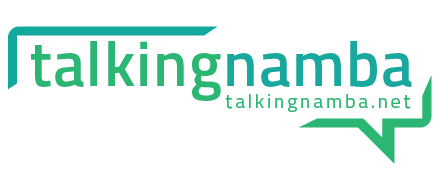Where are they now?
Uses concrete materials to model and solve addition and subtraction action stories (1-10) involving join or combine using ‘make all / count all’ or counting on (or back) from known (‘trusted’) number
Where to next?
Addition: Uses concrete materials where some items are concealed to solve addition problems to 20 using counting on strategies or part-part-whole knowledge. Poses and solves simple addition problems.
Subtraction: Uses concrete materials to solve simple subtraction problems (take 1, 2 or 3) or use materials to solve missing addend (5 and something makes 8) problems using ‘make-all/count-all’ strategy
Purpose
Addition and subtraction are an important part of the skill set of a numerate person and are foundational skills for the other operations (multiplication and division) as well as for the larger body of mathematics.
Building Addition and Subtraction skills:
The skill of adding and subtracting draws on all of the skills studied in the whole number section, and a failure to progress will generally indicate that one or more of these skills needs to be revisited.
Understanding addition and subtraction begins with the realisation that the total of a collection changes when items are added or removed. The key skill at this stage is still counting, as students will initially use a ‘make all- count all’ strategy. That is, they will either add or remove a specified number of items from their collection, and then count the new collection starting at one to find the new total. Language is an important element at this level – linkng the idea of adding and removing items from a collection should be linked with words such as add, plus, take, minus and subtract and difference*.
Once students are familiar enough with counting to ‘trust the count’ they will be able to add and subtract by counting on or back from the total. This is a very inefficient way of adding and subtracting however and as soon as students ‘trust the count’, they should start to explore patterns. These will be visual initially, through subitising and investigating the ‘part-part-whole’ nature of number using counters.
Part-part-whole knowledge begins with exploring the structure of all the numbers to 10 – understanding that four is two and two or three and one for example. Part-part-whole knowledge can then be extended to larger numbers through an understanding of the base 10 and place value system ultimately leading to efficient mental methods of adding and subtracting.
*Difference is an important idea as it leads to the understanding that add and subtract are just two different ways of looking at the same thing. Addition and subtraction should be taught as part of a single concept where possible.
Activities and Assessments (Designed to move students from step 3 to step 4)
Blank Beehives to 20 – concealed addition
Adapted from ‘Beehive’, Developing Efficient Numeracy Strategies Stage 1 page 34. NSW Department of Education and Training, Professional Support and Curriculum Directorate 2003
Focus: Adding two collections where one collection is visible, but the numer of the other collection is given verbally. Learning to quickly add two totals with less access to visual cues.
How: See Beehive Activity 5
Blank Beehives to 20 – Subtraction
Adapted from ‘Beehive’, Developing Efficient Numeracy Strategies Stage 1 page 34. NSW Department of Education and Training, Professional Support and Curriculum Directorate 2003
Focus: Subtracting a small given number from a collection to find a total. Consolidating the concept of subtraction.
How: See Beehive Activity 4a
Blank Beehives to 10 – missing addend
Adapted from ‘Beehive’, Developing Efficient Numeracy Strategies Stage 1 page 34. NSW Department of Education and Training, Professional Support and Curriculum Directorate 2003
Focus: Coping with ‘difference’ problems, which may be solved either through addition or subtraction.
How: See Beehive Activity 6 sheet
Part-part whole board : Numerals and Collections
Focus: Finding the total of a numeral (hidden collection) and a physical collection. Learning to quickly add two totals with less access to visual cues.
How: See Part-Part-Whole board: Numerals and Collections instructions
Numeral Dot Addition Bingo
Focus: Finding the total of a numeral (hidden collection) and a printed collection (dots). Learning to quickly add two totals with less access to visual cues.
